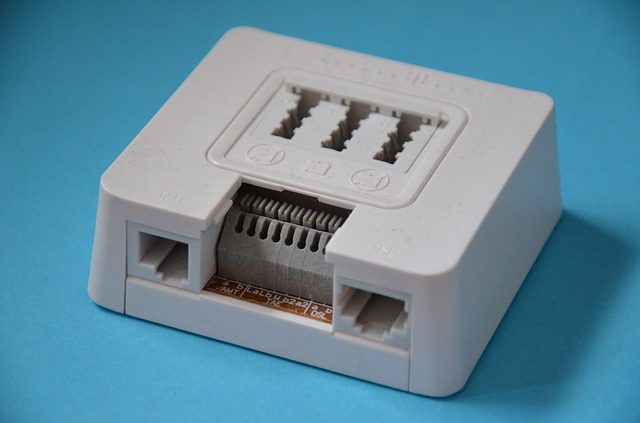Many terms in the electrical industry are simply a matter of semantics, or how words can be used both figuratively and literally. When it comes to electrical enclosures, the junction box is often used to indicate an electrical enclosure that is used specifically and only to terminate or splice together wires. No other electrical components are found in an electrical enclosure functioning as a junction box.
You will also find some manufacturers will list certain size electrical enclosures with fewer features as junction boxes. Figuratively speaking, these electrical enclosures can also be used for mounting components and the splicing of wires, unless the electrical box has built-in terminals for the joining of wires.
Consider fiberglass or polycarbonate junction boxes that weigh considerably less than their metal equivalents and provide superior performance. Because plastic junction boxes are non-conductive, they are the perfect choice for joining exposed wires – and they don’t require grounding under most circumstances.
Purpose of Electrical Junction Box
The purpose of an electrical junction box is to protect circuit wires and cables when they need to be spliced. Two or more wires are spliced or joined together mechanically by tightly twisting the copper wires or by using a wire nut that not only joins the two wires but also provides some protective insulation over the exposed copper ends. Open a typical junction box and you will find a variety of wires meeting at this one location, before moving on to a final electrical component, an electrical panel, or sometimes – another junction box.
A junction box can house hot wires (black), neutral wires (white), and ground wires (green or copper) and electrical wires or wire colors for secondary functions or different AC power phase distribution systems. So, while the connection of wires is the first purpose of a junction box, these electrical enclosures function as a safety device to protect the public from the exposed wire splices that may have live power.
Junction box for long cable runs
Here is where the junction truly excels. If you need to extend circuit wiring to a distant piece of equipment, then a junction box is often used. Consider a large chemical facility that installs a new process line that requires power and control wires going back to a PLC or automated control cabinet. The copper in those wires will have its own resistance to the circuit and causes a slight voltage drop from one end of a long cable run to the terminating end.
As a rule of thumb, you can expect a 3% drop in voltage on a 14AWG wire that has a length of 50 feet. To prevent this voltage drop across long runs, it is best to insert a junction box on long-distance cables to reduce or eliminate voltage drop – especially in sensitive, control and process instrumentation circuits.
Newer electrical installations are also taking advantage of non-metallic junction boxes that are perfect for joining wires or extending circuits.?Visit Allied Moulded Products?for polycarbonate and fiberglass electrical junction boxes for industrial and commercial applications. Our Control Series fiberglass enclosures with multiple latching and hinge configurations are perfect for outdoor box junction boxes or for electrical boxes that are exposed to chemicals, moisture, or salt.

As the editor of the blog, She curate insightful content that sparks curiosity and fosters learning. With a passion for storytelling and a keen eye for detail, she strive to bring diverse perspectives and engaging narratives to readers, ensuring every piece informs, inspires, and enriches.










